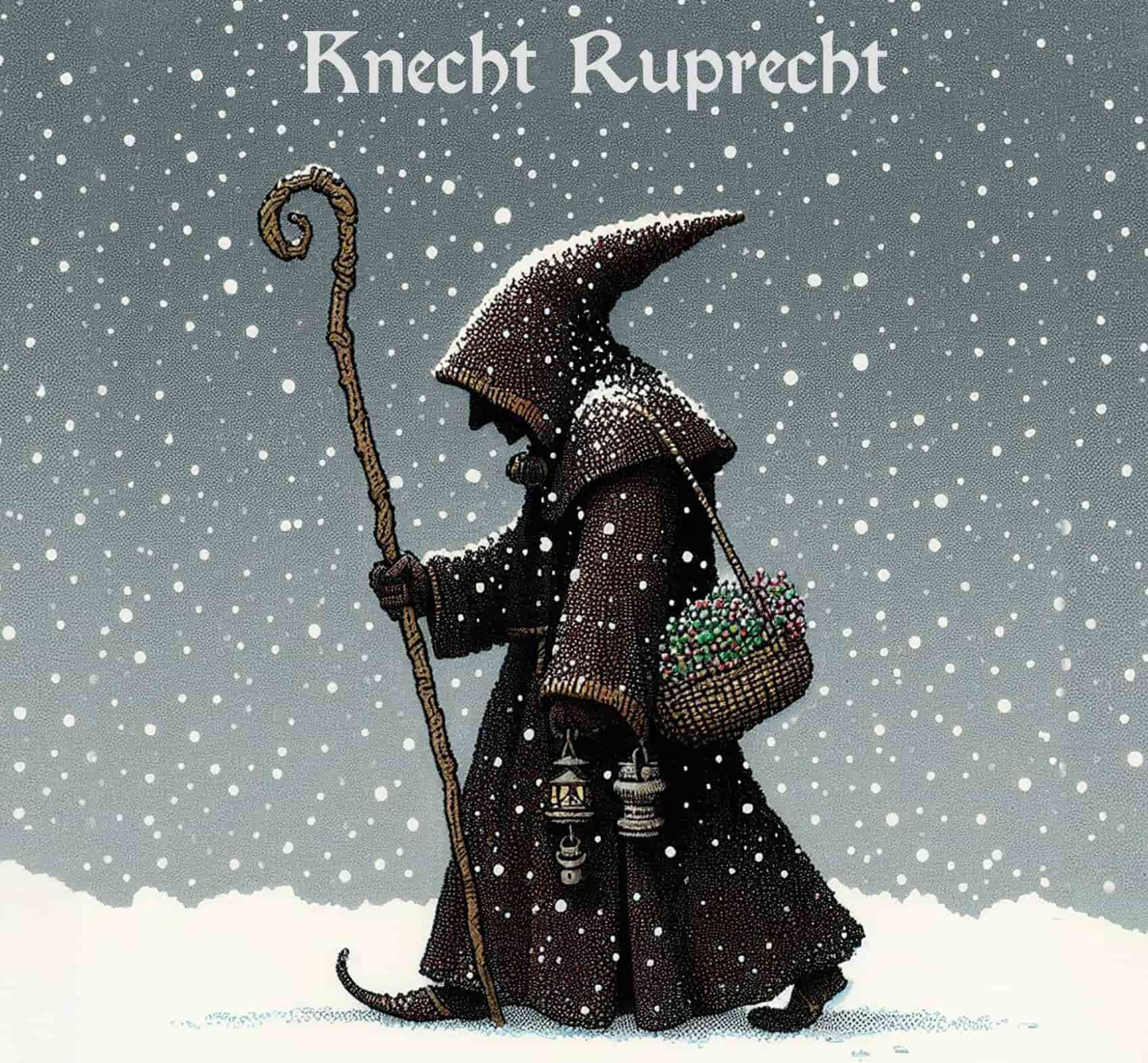The story of the Star of Bethlehem is well known, yet astronomers can’t agree on whether or not it really happened. Could it have been a comet, a supernova, or a planetary alignment? Let’s have a look at the most convincing scientific explanation of the event. According to the Bible, the story of the Star of Bethlehem is simple: “The star that they had seen in the east went before them until it stopped above the place where the child was.” Soon after Jesus’ birth, the Three Wise Men from the East saw a new star and followed it to Bethlehem. This star in the sky led the Magi to Bethlehem, as told in the Christmas narrative found in the Gospel of Matthew. There, the Magi were able to locate the stable where Jesus was born.
Is It Religious Fiction?
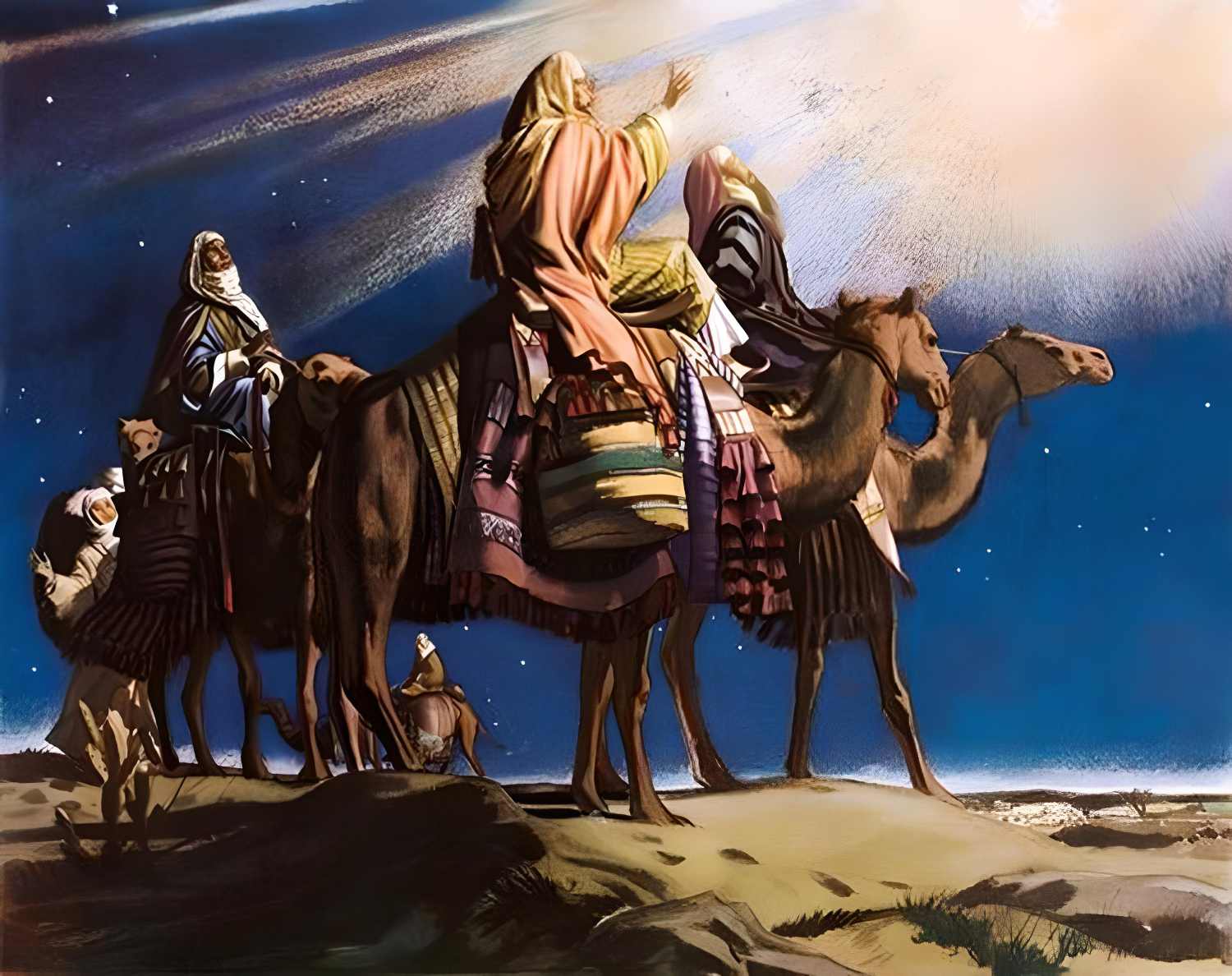
But what exactly is the narrative about the Star of Bethlehem, also known as the Christmas Star? Was the star a genuine thing or was it only a fictitious addition to the Christmas story? This has been attempted to be clarified by well-known historical astronomers including Johannes Kepler, Edmond Halley, and Isaac Newton. But it was without much success since it is more difficult to solve the puzzle of this star than one may think.
Moreover, we still do not precisely know the year of Jesus’ birth. On the other hand, there are some ambiguities in the reports of the celestial occurrences that were seen at the time. For millennia, this inquiry has captivated scientists. For almost as long as Christianity itself, people have been trying to figure out what happened with the Star of Bethlehem.
And the light they had seen rising led them to the spot where the infant was. It’s an explicit story in the Bible: the Magi from the East see a new star, follow it to Israel, and find Jesus there. Can this be a description of a true astronomical event, or is it simply a made-up bit of Christmas fiction? This subject has been pursued by contemporary “star interpreters” for centuries, including Johannes Kepler, Edmond Halley, and Isaac Newton. The answer, however, is harder to arrive at than one would think.
The Date When Jesus Was Born

The actual date of Jesus of Nazareth’s birth is unknown. Although the modern calendar is still divided into “before Christ’s birth” and “after Christ’s birth,” the transition between these two periods of time was likely not established in the actual year that Jesus of Nazareth was born.
Many historians today believe that the true Jesus of Nazareth could not have been born in the year “zero,” but rather only between 8 and 4 years before that. In the year 4 before Christ, the reigning king of Judea, Herod the Great, passed away. Herod is a pivotal figure in the Biblical story because of his position as a power-hungry child killer. And around 12 years before Christ, the Roman governor Quirinius forced Joseph and Mary to dislocate to Bethlehem.
What Really Happened in the Event?
The date of the birth of Jesus may be answered with some degree of certainty, but there is still the mystery of the Bethlehem star itself. Unfortunately, it takes nearly investigative skills to figure out which astronomical event is in the issue here. In order to piece together the Bethlehem “star’s” properties from a jigsaw of disparate clues, astronomers sometimes use computer models.
The Bible claims that the Magi, or the Three Wise Men, could see the “Star of Bethlehem” from their home in Babylon, not only in Israel. The second piece of evidence suggests that the occurrence was notable and uncommon enough to have stood out to the skilled Babylonian astronomers who saw it. The Bible claims that the three wise men saw the Bethlehem star as they left Babylon and again when they arrived in Bethlehem, providing a third piece of evidence that the light phenomenon was visible for months.
How About a Supernova, or a Comet?
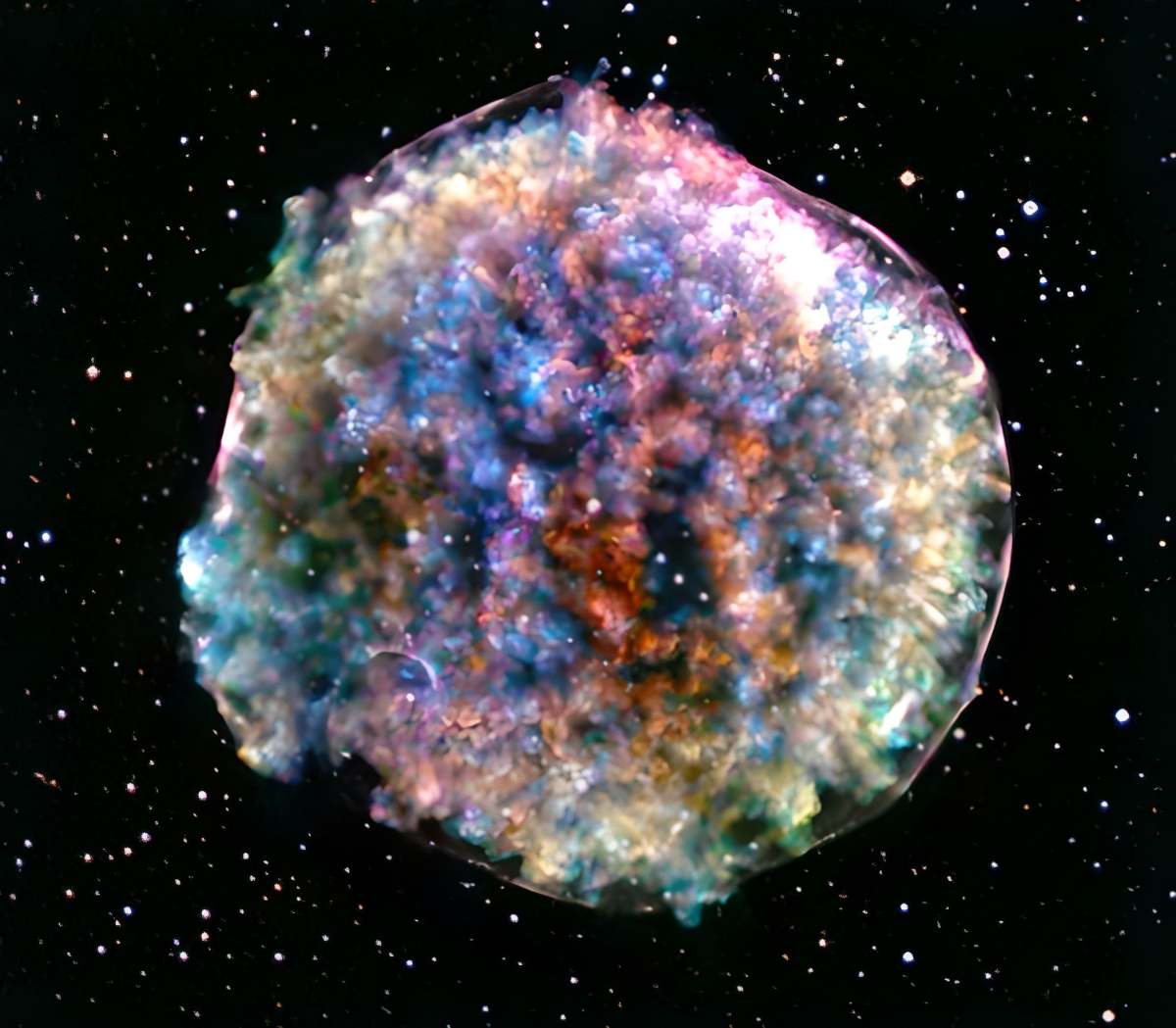
The Star of Bethlehem was likely a brand-new object in the sky at the time it was seen in the Bible. So, this object could be a supernova, a bright explosion that happens after a star’s death. On the other hand, it might have also been a brilliant comet. However, the hypothesis of a supernova or comet is disproved since it would have taken the sages many months to prepare and carry out the voyage if they had originated from what is now Iran. Both sky shows often only last a few weeks at most.
There are as many possible explanations for what happened with the Star of Bethlehem as there are pieces of circumstantial evidence. For example, Edmond Halley, the discoverer of the eponymous comet, thought the star of Bethlehem was also a comet.

Even while the records of Chinese astronomers appeared to corroborate this idea, there is still a major flaw: The comet mentioned in those records was spotted as early as 12 BC, which is many years before the most plausible birth date of Jesus.
A supernova, the spectacularly luminous explosion of a star, is another contender for the title of “Christmas star.” For astronomer Johannes Kepler, who saw a supernova in 1604, this event was the brightest thing in the sky. Consequently, he reasoned that a similar occurrence may have been responsible for the Bethlehem Star at the time of Christ’s birth. However, no proof of a star explosion during the period in question has been discovered.
Triple Conjuncture Could Be the Answer to the Star of Bethlehem
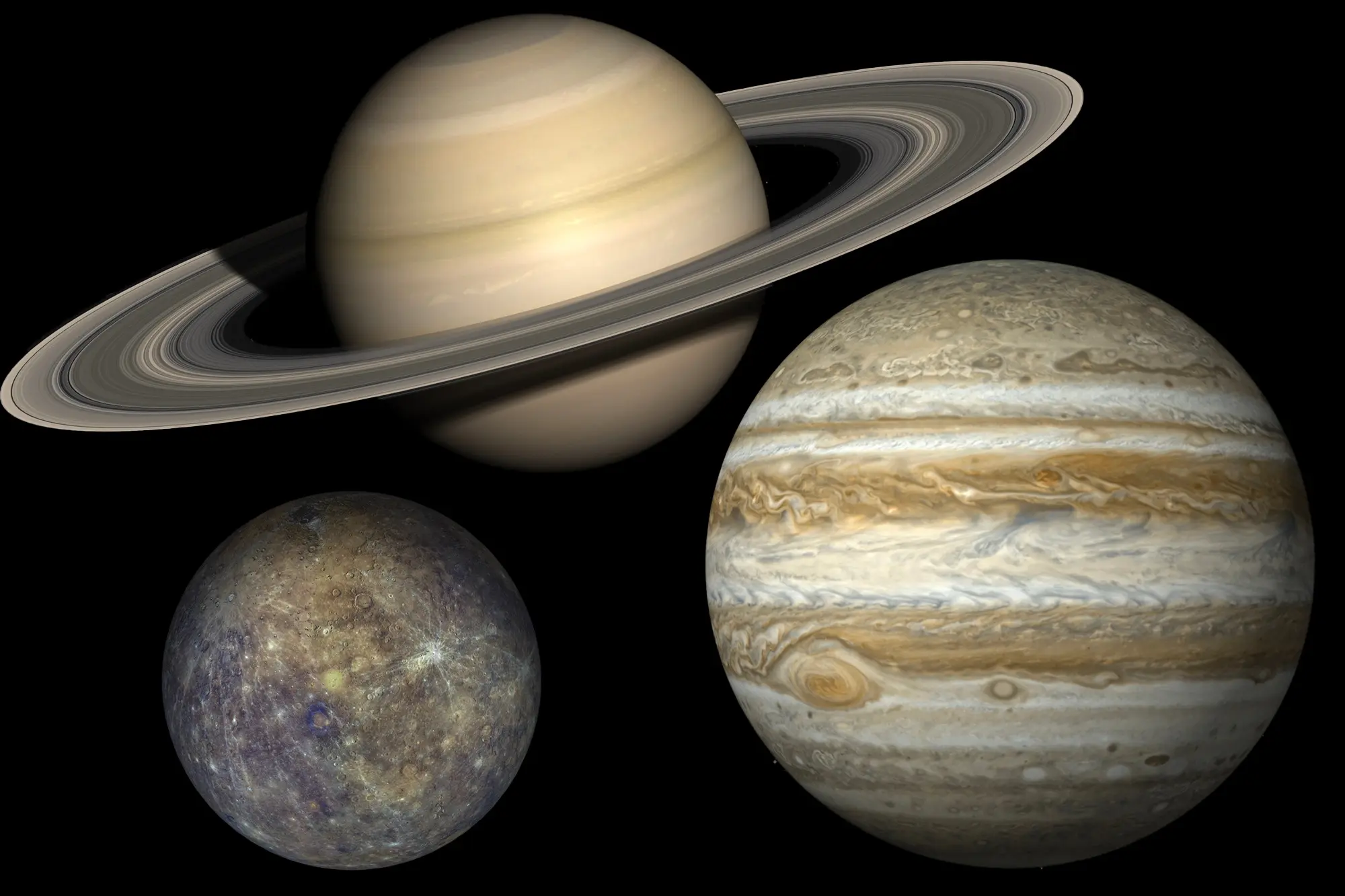
The third and most likely explanation is that the Star of Bethlehem was a planetary conjunction, in which two planets are so near to one another that their combined light makes them seem like a single, brilliant star to an observer on Earth.
The triple conjunction of the planets Jupiter and Saturn is the idea that is supported by the majority of astronomers to better explain the mystery behind the Star of Bethlehem. In this theory, the two heavenly objects approach one another three times in a row, quite closely. Such an event is observed by the spectator as a single dazzling point of combined light.
The vast majority of astronomers point to a triple conjunction between Jupiter and Saturn that occurred in 7 BC as the cause. Infrequent though it may be, this triple conjunction is still possible. There are just around 250 years between the previous occurrence in 1981/1982 and the next occurrence in 2238/2239. Cuneiform tablets discovered in Mesopotamia show that the ancient Babylonians had a precise enough understanding of planetary motion to predict such conjunctions in advance. With these, Babylonian astrologers estimated when Jupiter and Saturn would be visible.
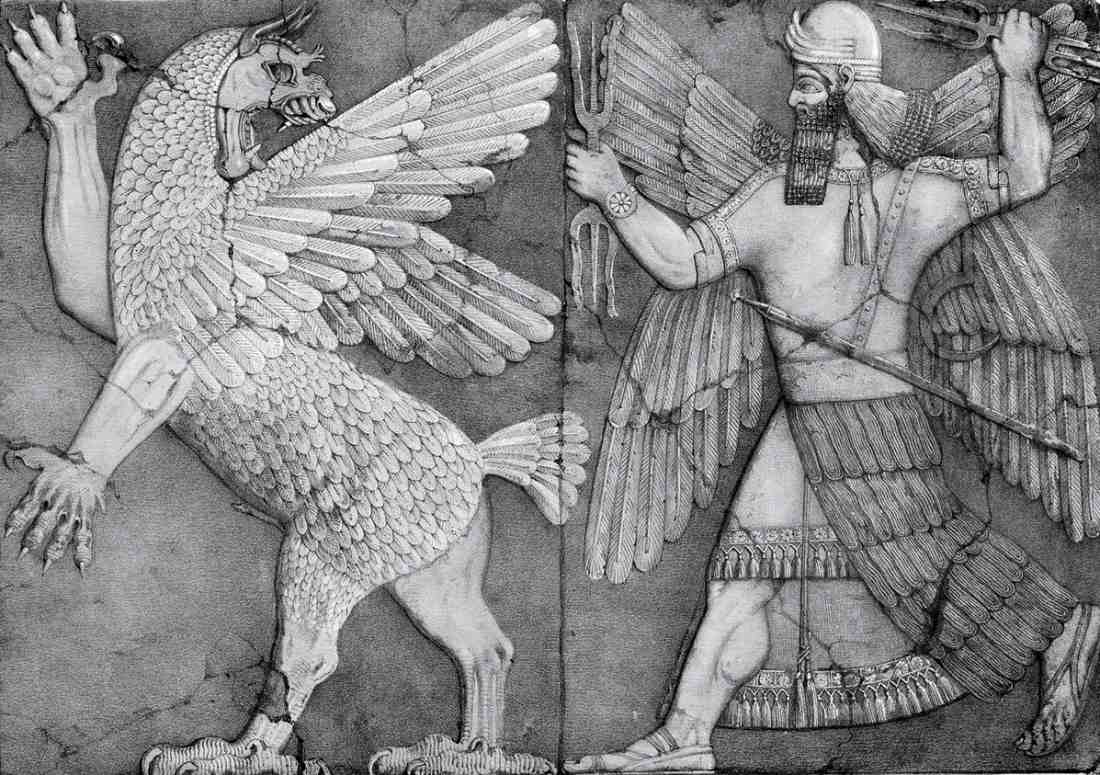
The Babylonians saw the sky as a metaphor and portent of terrestrial happenings; thus, the two concepts go hand in hand. According to ancient beliefs, Jupiter represented Marduk, the most important deity in Babylonia, while Saturn represented Kajamanu, the ruler of Israel. For the Babylonians, it was so glaringly evident that the conjunction of the two meant an invitation to meet the “new king of Israel.”
Although Jupiter and Saturn were quite near one another at the triple conjunction, they were likely still distinguishable as two singular objects in the sky. The issue then arises as to why the Bible only mentions a single “star” if they did not all merge into a single point of light. This could be the result of the evangelist’s creative license. And maybe they just made up everything, from the star to the plot. There is currently no definitive solution to this puzzle of the Christmas Star, but the explanations in hand are satisfactory enough.
Great Conjunction
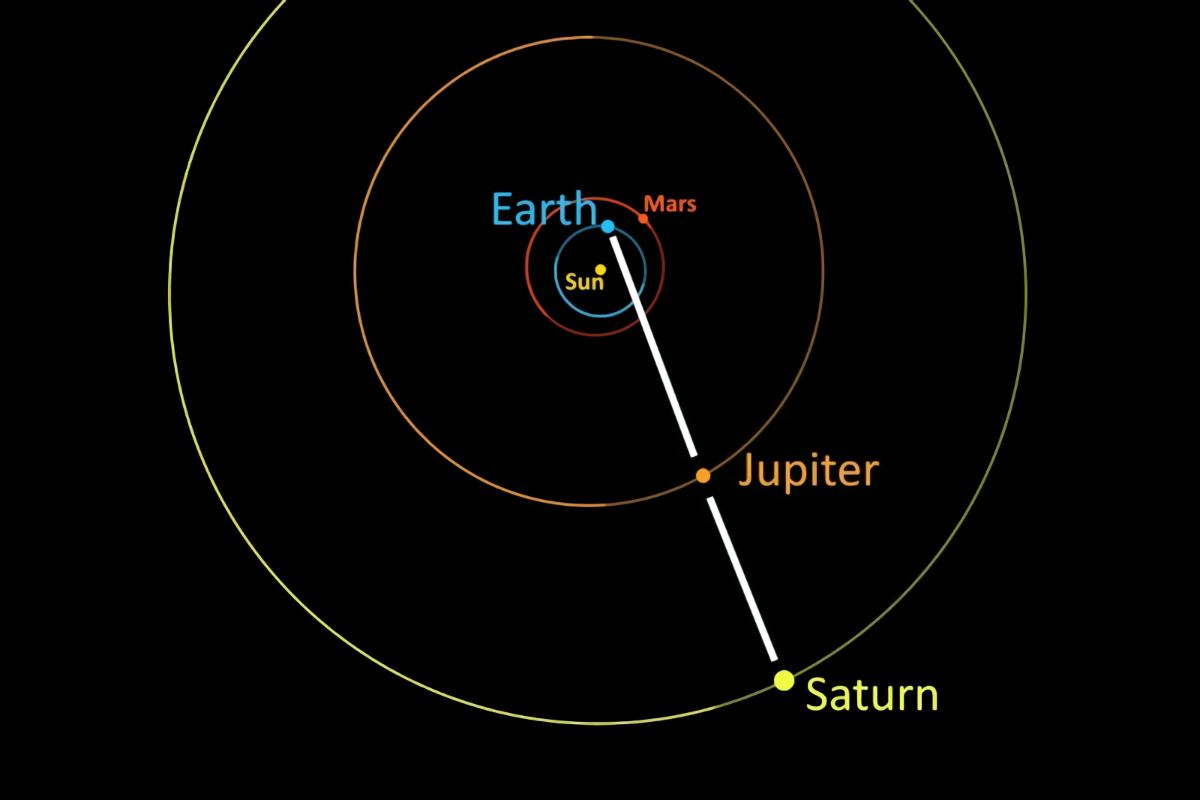
Even seemingly fantastical tales, such as the Bible’s account of Christmas, usually include some kernel of reality. The Three Wise Men probably didn’t see the star of Bethlehem, but what in the sky that night may have led them to Jesus’ stable?
It’s possible that a triple conjunction like this took place in the constellation Pisces in the year 7 BC. Scientists calculate that if the sages had started making travel arrangements at the first conjunction, they might have been in Bethlehem by the third conjunction. The trip might have easily been made in the few months between the three close approaches of the two planets.
This “Great Conjunction” in Pisces was really a very uncommon “triple conjunction” in the sky. This is due to the simultaneous conquest of both planets by Earth. Therefore, Jupiter and Saturn looked to be in the same place in the sky, something that astrophysicists should have recognized. The preacher Matthew’s description matches this.
Kepler Theorized That the Star of Bethlehem Was a Planetary Conjunction
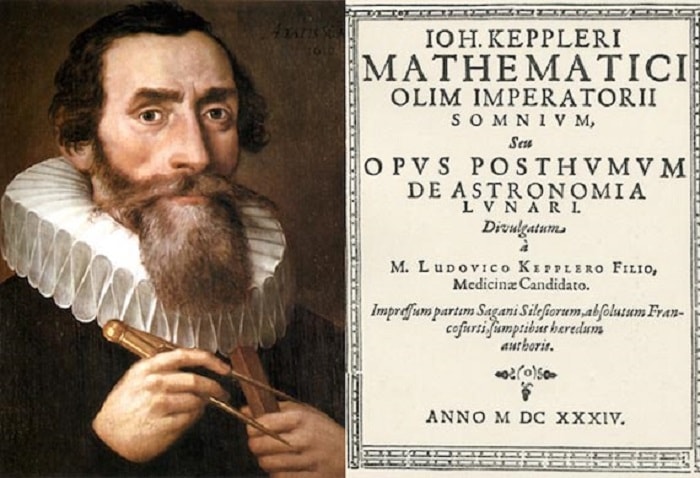
Johannes Kepler, the famous astronomer, supported the conjunction of planets theory for the Star of Bethlehem. Early on Christmas morning in 1603, the scientist looked up and saw Jupiter and Saturn in conjunction in the sky over Prague.
Jupiter takes about 12 years and Saturn takes 30 years to complete one orbit around the Sun and a journey through the zodiac’s constellations, therefore the great conjunction event happens roughly every 20 years.
So, every 20 years, Jupiter catches up to Saturn and passes it. By using a process of elimination, Johannes Kepler deduced that Jupiter and Saturn had been quite near to each other in the year 7 BC.
Conclusion
In conclusion, the most plausible astronomical explanation for the Star of Bethlehem is a planetary conjunction. Scientists have determined that the “Star of Bethlehem” was not a star at all. There is always an element of naivete when attempting to extrapolate historical events from books that date back thousands of years. Given that this whole story can just be the invention of an imaginative writer.
A comet was considered a dazzling star in the sky for ages. But it doesn’t make sense for a star known for bringing “bad luck” to proclaim the birth of Jesus since comets were often thought of as portents of doom rather than signs of deliverance.
Alternatively, the Star of Bethlehem might have been a supernova, the short yet brilliant flash of a dying star as it explodes into space. But another criticism of the supernova hypothesis is that ancient astronomers surely would have recorded such a spectacular event in the sky. However, no such supernova was recorded by astronomers at the time that Jesus was born, which is generally accepted to have occurred between 7 and 4 BC.
But what about the wise men from the East? Were they real? Historians are in disagreement with it. There is no historical document that proves the existence of the Three Wise Men. For many historians, they seem to be white narrative figures who could have represented the respect shown to Jesus by representatives of other faiths.
Bibliography
- Edwin D. Freed, 2001. The Stories of Jesus’ Birth: A Critical Introduction. Continuum International. p. 93. ISBN 0-567-08046-3.
- “Star of Bethlehem.” Cross, F. L., ed. The Oxford dictionary of the Christian Church. New York: Oxford University Press. 2005.
- Mosley John. “Common Errors in ‘Star of Bethlehem’ Planetarium Shows”.
- Roger Sinnott, 1968. “Thoughts on the Star of Bethlehem”. Sky and Telescope.





